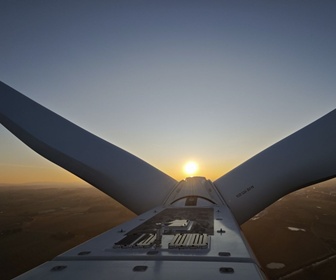The World Bank Group has released a study on “Scenarios for Offshore Wind Development in Brazil”, conducted by DNV. Brazil's offshore wind energy potential exceeds 1,200 GW, with 480 GW from fixed foundations and 748 GW from floating foundations. This abundant resource, strategically located near demand centres, positions offshore wind as a pivotal player in Brazil's future energy landscape.
The report provides an analysis for policymakers and stakeholders active in Brazil. The findings emphasise the need for a clear energy strategy, significant infrastructure investment, and prompt action to harness the growing interest in offshore wind in Brazil.
The report outlines a vision for the future under three different growth scenarios:
- Base Case:** 16 GW by 2050, representing 3% of Brazil's generation capacity.
- Intermediate:** 32 GW by 2050, accounting for 6% of the total generation capacity.
- Ambitious:** 96 GW by 2050, comprising nearly 20% of the generation mix.
Offshore wind development in Brazil offers a promising complement to hydroelectric power, reducing interannual variability and providing a buffer during dry periods. It also supports Brazil's green hydrogen targets and can drive economic growth and job creation, potentially generating up to 516,000 full-time equivalent jobs and contributing $168 billion in national gross value added under the Ambitious scenario. Additionally, it can streamline local electricity generation, reducing transmission losses by aligning resources with demand centres, including major cities.
However, several challenges exist, including high initial costs that require concessional finance and strategic seabed rights allocation. Despite projections of significant long-term cost reductions, financing and procurement complexities remain. Substantial investments are also needed for transmission upgrades and grid flexibility to integrate offshore wind effectively. Environmental and social considerations further complicate development, necessitating meticulous planning and community consultations. Upgrading regional ports, logistics infrastructure, and the offshore wind supply chain to support larger turbine production adds to the overall costs.
This report is one of a series of offshore wind roadmap studies commissioned by the World Bank Group (WBG) under its Offshore Wind Development Program, funded and led by the Energy Sector Management Assistance Program (ESMAP), in partnership with the International Finance Corporation.








